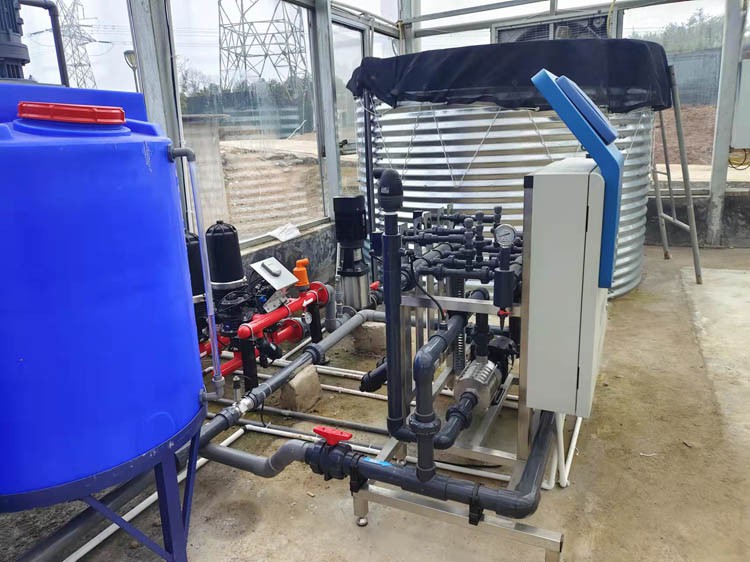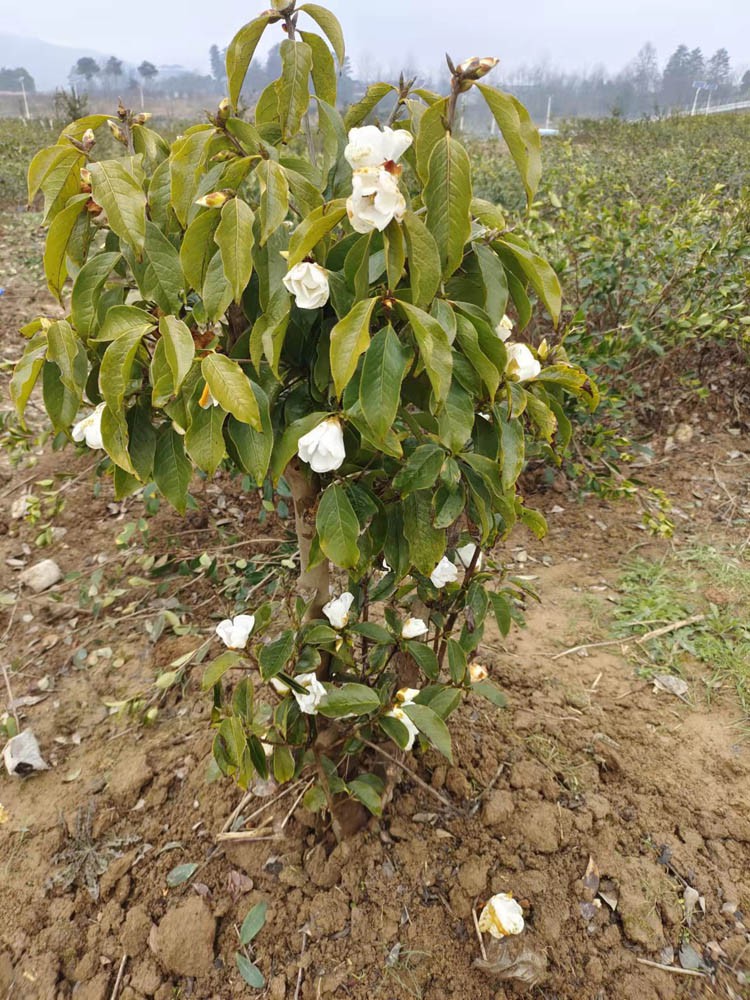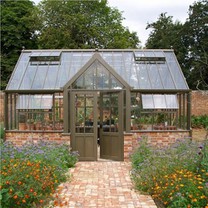Why do greenhouse films use colored light? What is the difference between it and the colorless shed film?
When I went to visit and study in some greenhouse planting parks, I saw that the greenhouse film in many parks is no longer uniform gray or white, and many colors are used in yellow, green, black, and blue. Are these colored greenhouse films useful? ? Why do greenhouse films use colored light? The editor of Lvfeng has summarized some things, and here is the answer for everyone, let's take a look together.
1. Reasons for using colored light film in greenhouses
Compared with colorless plastic film, colored greenhouse film has not been used for a long time in agricultural production in my country. For example, the purple film has the effect of increasing the yield of spinach, delaying the bolting, and prolonging the market season. The rice seedlings cultivated with the strong blue film are more robust than those cultivated with the colorless film. Heavier, after tobacco planting, cover with black film, can inhibit the growth of weeds, promote the good development of marriage seedlings and so on.
The use of colored greenhouse film should be selected according to the variety of crops and local natural conditions. For example, the yellow film has a significant effect on increasing the yield of cucumbers; while the blue film can increase the content of vitamin C in Xianglai, but it will make cucumbers. Production is reduced. In addition, because the intensity of sunlight exposure is related to the geographical latitude of different regions, and the relationship between light quality and light quantity is very complicated, it is required that we must go through careful research and practice when using colored greenhouse films.
The color of the agricultural film is different, and the absorption and reflection of sunlight are also different, so the impact on temperature, disease and pest occurrence conditions, weed growth is also different, and the impact on the growth of different crops is even more different. The characteristics of blue agricultural film are: good thermal insulation performance, light transmittance is higher than ordinary film under weak light conditions, and lower than ordinary film under strong light conditions. Appropriate mulching of rice seedlings can increase the tillering of the seedlings, make them grow short and strong, and significantly improve the seedling formation rate and seedling quality. It is used to cover crops such as vegetables, cotton, peanuts, potatoes, strawberries, etc. It also has obvious effects of increasing production and improving quality.
Second, the difference between greenhouse films
1. Colorless and transparent greenhouse film
Colored greenhouse film and colorless greenhouse film have different degrees of refraction of sunlight. For crop cultivation, colorless and transparent plastic film is generally used. Colorless greenhouse film is conducive to the photosynthesis of plants, and all colors of light in sunlight can pass through. However, the photosynthetic efficiency is high.
2. Colored greenhouse film
But in the summer when the sun is strong, we have to use colored greenhouse film to slow down the direct sunlight. Colored greenhouse film mainly reflects and transmits light of the same color, absorbs light of other colors, and has loss of light energy. It is only used to obtain special quality and products. Among them, the photosynthesis efficiency of plants in green film greenhouses.








